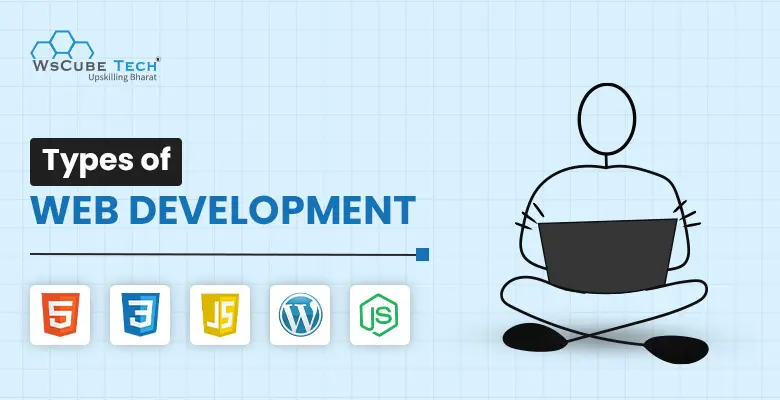Do you have any idea how many websites are available on the web? The numbers will leave you surprised. Currently, there are over 1.8 billion websites available on the World Wide Web. These numbers are proof that advancements in the web world have completely changed the internet. Over the years, we have seen simple HTML pages evolve into sophisticated websites and web applications.
These websites are an effective way for businesses or individuals to reach a wider audience across the world. No online business or company can afford to ignore the power of websites and web development when we have more than 5 billion internet users worldwide. The number will only rise in the coming years, which will enhance the importance of the web development. A well-designed website ensures improved online visibility, credibility, and customer base.
With so much depending on web development, it’s crucial to understand how web development processes work. There are primarily 3 website development types– front-end, back-end, and full-stack.
We will discuss each of them in detail to learn how they can help businesses make informed decisions and meet their online goals.

What Is Web Development?
Web development is the process of creating, designing, and maintaining a website. The primary focus is on building an engaging and fully functional website that enhances user experience and adds to the popularity of the site.
Web development comprises various aspects, such as web publishing, web design, web programming, and database management. Developers use several programming languages, including HTML, CSS, Python, PHP, JavaScript, etc., to build modern and responsive websites.
We can conclude that web development means creating an application that works over the internet, whether it’s a website or web application.
Upskill Yourself With Live Training
| Recommended Courses for You | Book Live Class for FREE! |
| Full Stack Web Development Course | Book Now |
| WordPress Course | Book Now |
| Front-End Development Course | Book Now |
What Are the Different Types of Web Development?
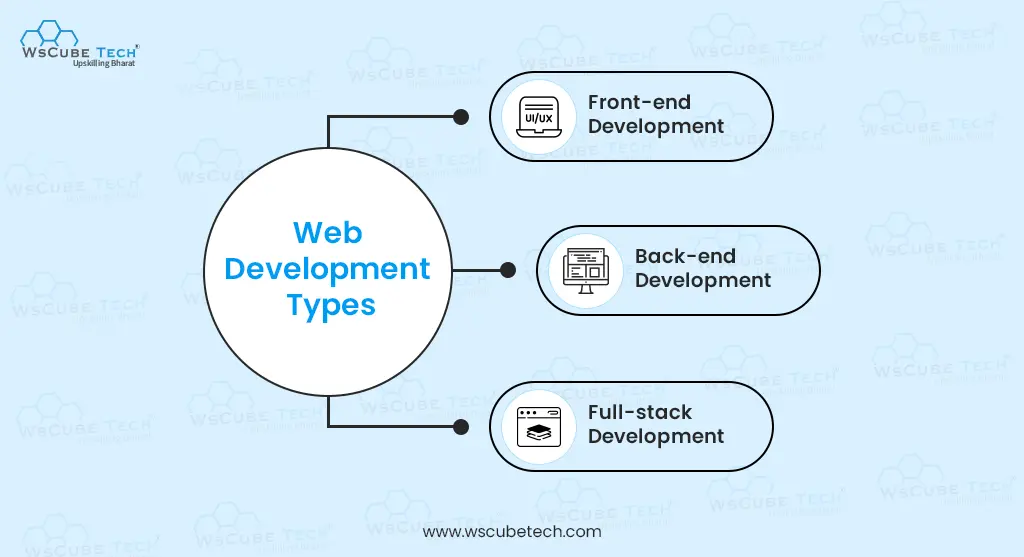
Now that you have understood the basics of web development, it’s time to move further and learn about different types of website development.
Most web developers are proficient in more than one type of web development. However, their expertise may vary based on their skill set and knowledge.
Having said that, it’s crucial that developers possess a thorough knowledge of the primary 3 types of web development to make it big in the industry and secure their careers. Below, we will discuss types of website development and related technologies in detail so you can figure out which is the most suitable role for you in any web development project.
- Front-end Development
- Back-end Development
- Full-stack Development
1. Front-end Development
We are living in the digital era, where the success and popularity of any website depend on its front end. Well-designed and user-friendly interfaces stand out from other online platforms. Designing a visually appealing user interface is not a one-man job but demands the collaborative efforts of front-end designers and developers. They optimize code for enhanced performance and speed, ensuring that the website is responsive across all operating systems and devices.
Front-end web development, also known as client-side web development, is one of the common web types. It is the process of designing the user interface of a website or web application using different front-end technologies, such as JavaScript, CSS, HTML, etc.
This is the part of a website that users can see or interact with. The aim of the front-end portion of a website is to provide a seamless user experience. It allows visitors to read the content easily and motivates them to build a clean interface.
Front-end development is a dynamic and ever-evolving profession as it involves ample technologies and tools. Developers have a rich environment to practice their expertise and explore their imagination. So, if you also aspire to be a front-end developer and have a knack for designing engaging user interfaces, sign up for a top-notch front-end web development course to further your skills and build knowledge.
Popular Frontend Technologies
1. HTML

HTML, or HyperText Markup Language, is a commonly used programming language to design the front-end side of a website or web page. Developers rely on it to design the structure and layout of a website. Basically, it is like a skeleton for a website on which its structure is built. It ensures interactive web pages and is used to design static pages.
2. CSS
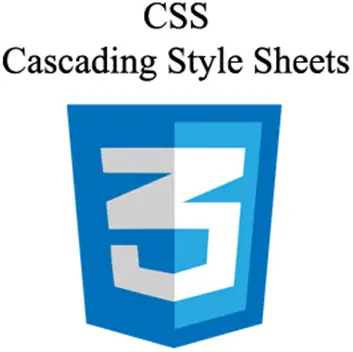
Cascading Style Sheets, or CSS, is a simply designed programming language that makes it easier for developers to design presentable web pages. It enhances the layout and presentation of a web page and is used alongside HTML. Designers and developers use CSS to style a website.
Also read: 15 Best Web Development Books to Read in 2025
3. JavaScript

JavaScript is a scripting language used to make a website more interactive and dynamic. For example, when we click a button or search a query on Google, it’s JavaScript that works from behind to provide output. JavaScript is used by different web developer types to enhance user engagement. That is why when you open your Gmail and go to inbox, you witness a smooth transition as the page loads.
4. AngularJS
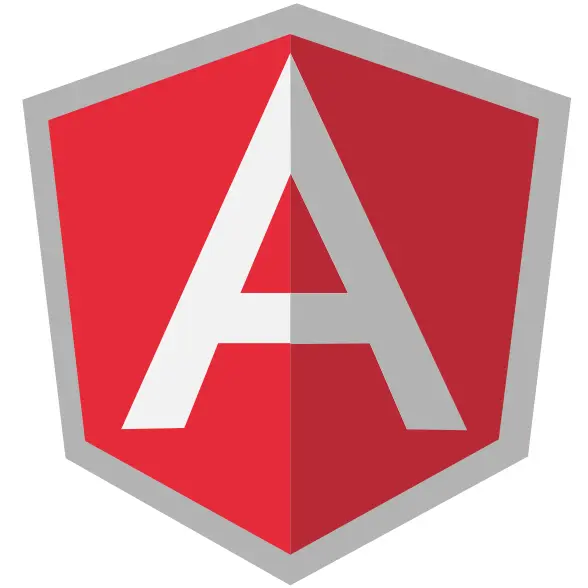
AngularJS is a comprehensive platform used to build dynamic web applications. It offers powerful features and tools, along with a methodical foundation for assembling SPAs from preexisting parts.
5. ReactJS
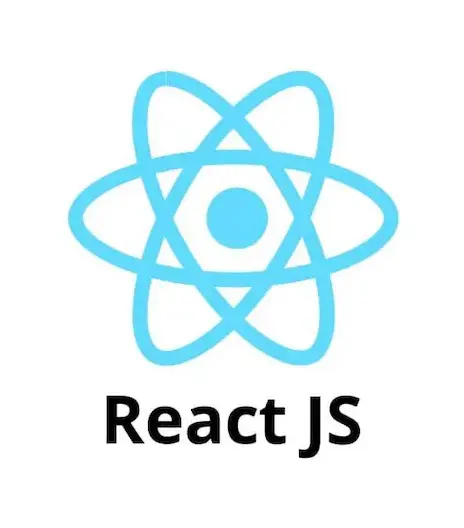
ReactJS is a JavaScript library used to build user interfaces. Its component-based architecture and efficient rendering simplify the process of recycling code and creating a sophisticated user interface.
6. VueJS

VueJS is a progressive JS framework used to build modern user interfaces and single-page web applications. It offers a straightforward and easy-to-understand API to build UI widgets.
7. Bootstrap
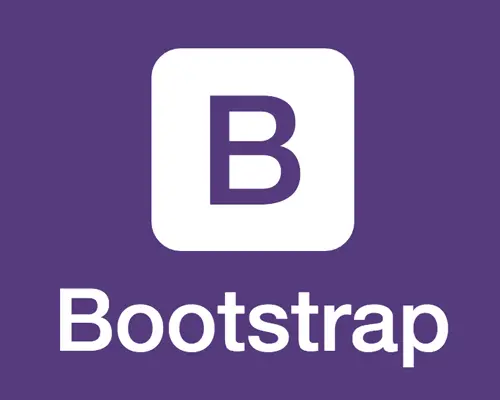
Bootstrap is an open-source tool kit used to create responsive websites and web applications. It is a popular CSS framework for developing mobile-first websites.
Interview Questions for You to Prepare for Jobs
2. Back-end Web Development
Back-end web development, also known as server-side web development, refers to developing and maintaining the back-end of a website or web application. Among different types of web development, backend focuses on the part of a website that users can’t see or interact with. These unseen aspects of a web application or website include data security, data storage, and server-side scripting. This side of the website doesn’t have any direct contact with users and is concerned with storing and arranging data.
The back-end part of a website must ensure effective and safe data collection, storage, and retrieval. It is also responsible for managing APIs or scripting languages running on the server and linking front-end and back-end portions.
Back-end developers primarily deal with writing clean codes and building the logical structure of a website. They focus on APIs, servers, databases, and back-end logic. They handle the processing and logic to ensure the front end runs seamlessly, which is crucial for the success of any website or web application.
In any web project, the logical part of a website depends on the back end, and we can’t see the technologies used to develop that website. However, this doesn’t take away the fact that the back-end is a vital part of any website. A well-designed back-end supports the security and effectiveness of any website.
The back-end side of a website includes responding to server requests, controlling databases, and placing application logic correctly. These components are created using different programming languages, such as Ruby, Python, PHP, Java, NodeJS, and more. To store and retrieve data, we use databases such as MySQL, MongoDB, and PostgreSQL.
Popular Back-end Technologies
1. PHP

PHP is a widely known server-side scripting language used to manage dynamic content, databases, session tracking, and e-commerce websites. It is specifically designed for web development and is integrated with different databases, such as Oracle, MySQL, and PostgreSQL.
Also read: Top 12 Front-End Web Developer Skills (2025)
2. Java

Java is a popular and highly scalable programming language used to design games, websites, apps, and software. Irrespective of website development types, Java is a preferred language for all. It is used by over 6 million developers and powers over 5.5 billion devices.
3. Python
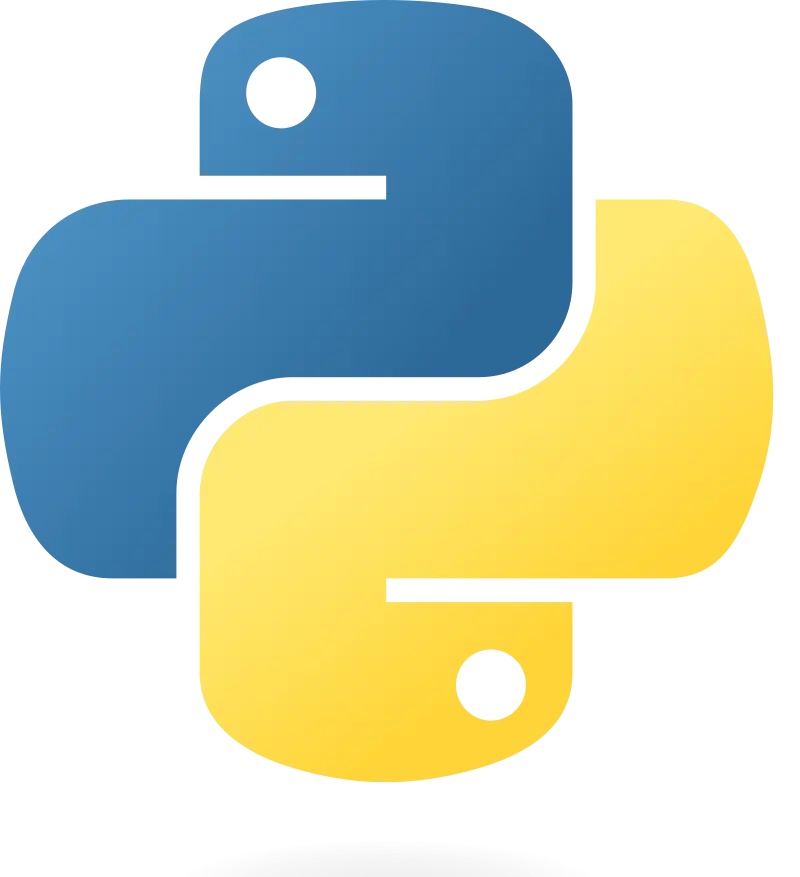
Python is another commonly used programming language that is easier to learn and code. It allows developers to work faster and integrate systems more efficiently. Renowned platforms like Instagram and Pinterest are powered by Python.
4. Ruby on Rails
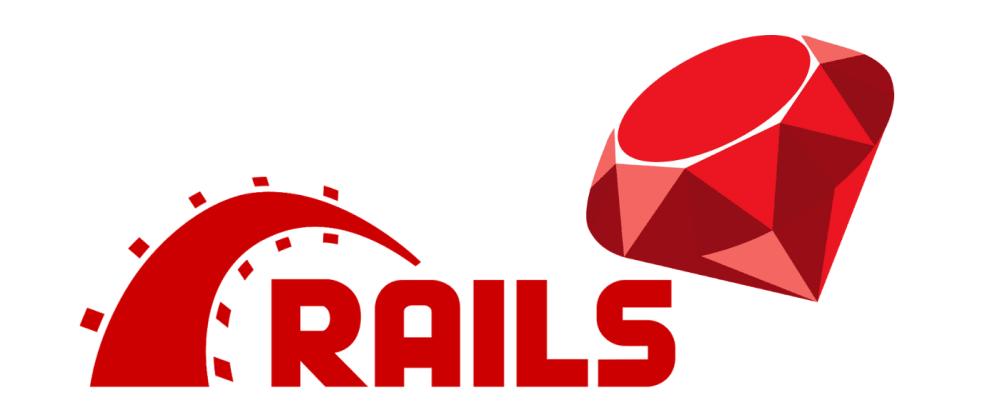
Ruby on Rails, or RoR, is based on the Ruby programming language and is a reliable web development framework. Three main factors that contributed to its success and popularity are its adaptability, simplicity, and user-friendliness.
5. NodeJS
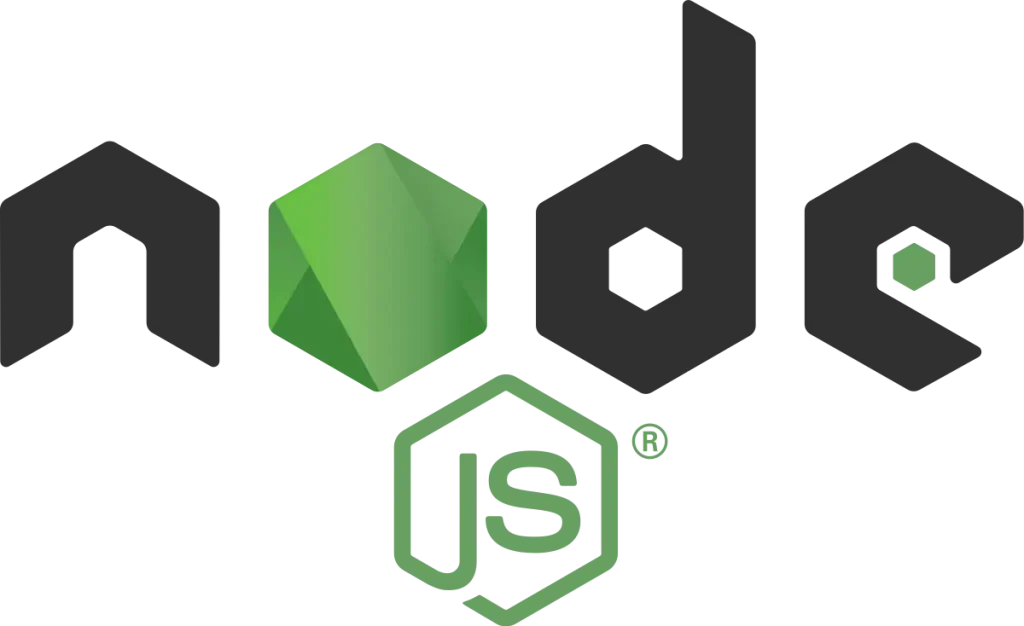
NodeJS is a cross-platform and open-source runtime environment used to execute JavaScript code outside a browser.
6. PostgreSQL
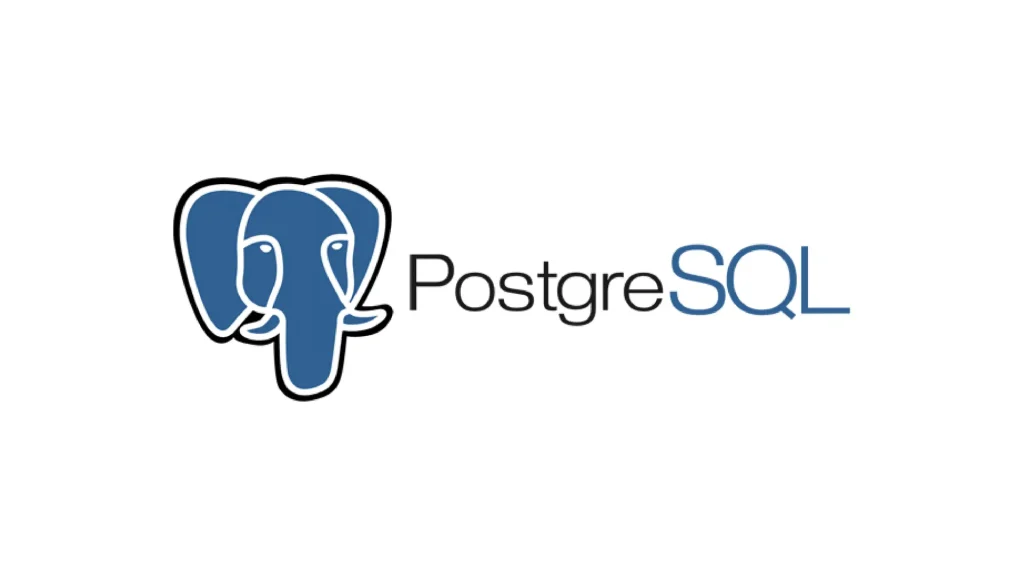
PostgreSQL is a popular open-source RDBMS trusted for its scalability, stability, and sophisticated feature support.
3. Full-stack Web Development
Full-stack web development covers front-end and back-end development. Full-stack developers not only design and develop the front-end and back-end aspects of a website but also take care of its security, functionality, and scalability. Therefore, they must be well-versed in web design, debugging, web development, and database.
These types of developers hold expertise in developing client-side and server-side web applications and possess database management skills to handle a large amount of data while optimizing a website.
As they practice full-stack development, they are proficient in all layers of the infrastructure of a website, including front-end, back-end, and everything in between. They also have a strong understanding of redesigning, building and speeding up the website design and development stages.
To complete the project efficiently, they stay updated with industry trends, including deep learning, blockchain, multi-cloud, and more.
Aspiring programmers and developers can opt for a full-stack web development course to seek comprehensive knowledge of web development.

Popular Full-stack Technologies
1. HTML, CSS, and JavaScript
A full-stack web developer must possess knowledge of HTML, CSS, and JavaScript for different web development types as these languages are used for front-end development, i.e., the user interface of a website and web application.
Also read: 10+ HTML Projects for Beginners & Students in 2025
2. Version Control
As a full-stack web developer, you will work with version controls to manage and track code changes. You can use version controls like GitHub and Git.
3. Server Operating Systems
In full-stack development, operating systems like Windows and Linux are used to power web applications and websites.
4. Cloud Computing Platforms
Some of the most reliable and well-known cloud computing systems are Amazon Web Services (AWS), Microsoft Azure, and Google Cloud Platform (GCP), which are used for web application hosting and deployment.
5. Browser DevTools
ChromeDevTools, FirefoxDevTools, and other browser DevTools are used by full-stack developers to edit CSS properties, edit HTML elements, and track JavaScript errors.
6. API
Using APIs, developers can integrate different functionalities without sharing code.
Programming Languages
Developers must have knowledge of programming languages, such as PHP, Python, Java, and more, to handle different types of full-stack web development projects.
1. MERN Stack
MongoDB– NoSQL database to store data in JSON-like documents.
ExpressJS- Node.js framework used to build web applications.
ReactJS- JavaScript library to build user interfaces.
NodeJS- JavaScript runtime for server-side development.
Also read: Web Designing Course Syllabus 2025: Fees, Duration, All Details
2. MEAN Stack
MongoDB- NoSQL database to store data in JSON-like documents.
ExpressJS- Node.js framework to build web applications.
Angular- TypeScript-based framework to build UI applications.
NodeJS- JavaScript runtime for server-side development.
Conclusion
Before you work on your next big project, it’s important that you gain a fair knowledge of different types of web programming. Whether you work as a front-end developer, back-end developer, or full-stack developer, you must know about each of them to design user-friendly and dynamic websites.
Evaluate the project’s requirements and goals before you select your approach. It will also help you provide a seamless experience to users.
If you are really interested in web development and want to further your skills, then sign up for our comprehensive web development course that focuses on practical learning and offers hands-on experience to learners.
Read more blogs



